Currency
- Premium Rudraksha Indrani Mala of 1 to 21 Mukhi beads with Trijuti bead of Indonesian origin.
- Igl Certified Indonesian rudraksha mala
- No of beads – 24
- Size – 16 to 18 mm
- Energized and Blessed at Lord Shiva Temple
Original price was: ₹440,000.₹351,351Current price is: ₹351,351.

Get 3% Discount on Prepaid Orders
1 in stock
What Our Customers Are Saying
A Rudraksha mala with beads ranging from 1 to 21 Mukhi would be an extremely rare and valuable item. Rudraksha beads are seeds from the Rudraksha tree (Elaeocarpus ganitrus) and are considered sacred in Hinduism. Each bead is associated with different spiritual and healing properties.
1 to 21 Mukhi Rudraksha Mala
1 to 21 Mukhi Rudraksha Mala known as Indrani rudraksha mala One of the rarest of all males, which made acquiring all possible beads from nature. It has one to 21 Mukhi, Gaurishanker, and Ganesha beads. It is said that the wearer of this mala can fulfill all of his / her desire both materialistic and spiritual.
All Negatives as a result of Jealousy, evil eye, ghosts, or fear of the unknown get removed by using this mala. It gives blessings to all Gods whether in incarnation form or in the Brahma Swaroop (Nirgun).
Rudraksha mala from 1 to 21 Mukhi mala also called as Indra mala or Indrakshi mala can be worn or kept at the place of worship and due care should be taken to maintain it in view of the rarity of the beads. All the beads should be firmly fastened with wires or thread and preferably capped using Silver or gold for protection of the beads at their mouth or tail.
Monthly cleaning of the beads and application of oil is described for bead maintenance should be strictly followed, if the mala is being worn. if it is being kept at pooja place, then keep some camphor near the mala and make the place insect-free.
Here’s a brief overview of the significance or benefits of Indra mala or Indrakshi mala of each Mukhi (facet) Rudraksha bead:
1 Mukhi: Represents Lord Shiva, symbolizing unity, peace, and enlightenment.
2 Mukhi: Represents Ardhanarishvara (the union of Shiva and Shakti), harmony, and balance.
3 Mukhi: Represents Agni (Fire God), associated with energy and transformation.
4 Mukhi: Represents Lord Brahma, associated with creativity and knowledge.
5 Mukhi: Represents Kalagni Rudra (a form of Shiva), associated with health and well-being.
Mukhi: Represents Kartikeya (son of Shiva), associated with wisdom and willpower. 7 Mukhi: Represents Goddess Mahalaxmi, associated with abundance and prosperity.
8 Mukhi: Represents Lord Ganesha, associated with removing obstacles and bringing success.
9 Mukhi: Represents Goddess Durga, associated with fearlessness and protection.
Mukhi: Represents Lord Vishnu, associated with preservation and harmony.
Mukhi: Represents Rudra (a fierce form of Shiva), associated with purification and destruction of negativity.
12 Mukhi: Represents Surya (Sun God), associated with vitality and leadership.
13 Mukhi: Represents Kamadeva (God of Love), associated with fulfillment of desires.
14 Mukhi: Represents Hanuman, associated with courage and devotion.
15 Mukhi: Represents Pashupati (another form of Shiva), associated with healing and spiritual awakening.
16 Mukhi: Represents Rama (an avatar of Vishnu), associated with protection and virtue.
17 Mukhi: Represents Vishvakarma (the divine architect), associated with creativity and craftsmanship.
18 Mukhi: Represents Goddess Earth (Bhumi Devi), associated with grounding and stability.
19 Mukhi: Represents Lord Narayana, associated with fulfillment of wishes and liberation.
20 Mukhi: Represents Brahma-Vishnu-Mahesh, associated with divine blessings and enlightenment.
21 Mukhi: Represents Lord Kuber, associated with wealth and abundance.
A Rudraksha mala containing all these different Mukhi beads would be considered highly auspicious and potent for spiritual practices, meditation, and healing rituals
| Weight | 0.500 kg |
|---|
Q & A
FAQS
Yes — Rudrapuja guarantees authenticity and offers XRAY-certified Rudraksha beads, ensuring that each product is genuine and lab-validated.
Absolutely! We provide fast international shipping, with delivery typically within 5–12 business days after dispatch.
Yes — We offer Cash on Delivery across India, along with free shipping options.
You have 10 days from the date of delivery to return an item, provided it’s unused and in its original condition.
We strictly deal only in genuine products, and each Rudraksha is lab-certified to maintain the highest standards.
Visit our dedicated FAQ page for detailed answers on selecting Rudraksha beads, their benefits, meditation usage, and more.
You can reach us via WhatsApp, phone, or email. Details are available on our "Contact Us" page and site header.
At Rudrapuja, we promise 100% genuine products with an authenticity certificate. We source every Rudraksha bead to ensure freshness and purity. Our Vedic Yantras are crafted strictly as per the Puranas. We focus on understanding customer needs, solving their challenges, and offering authentic quality at the best price.
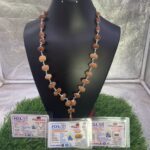

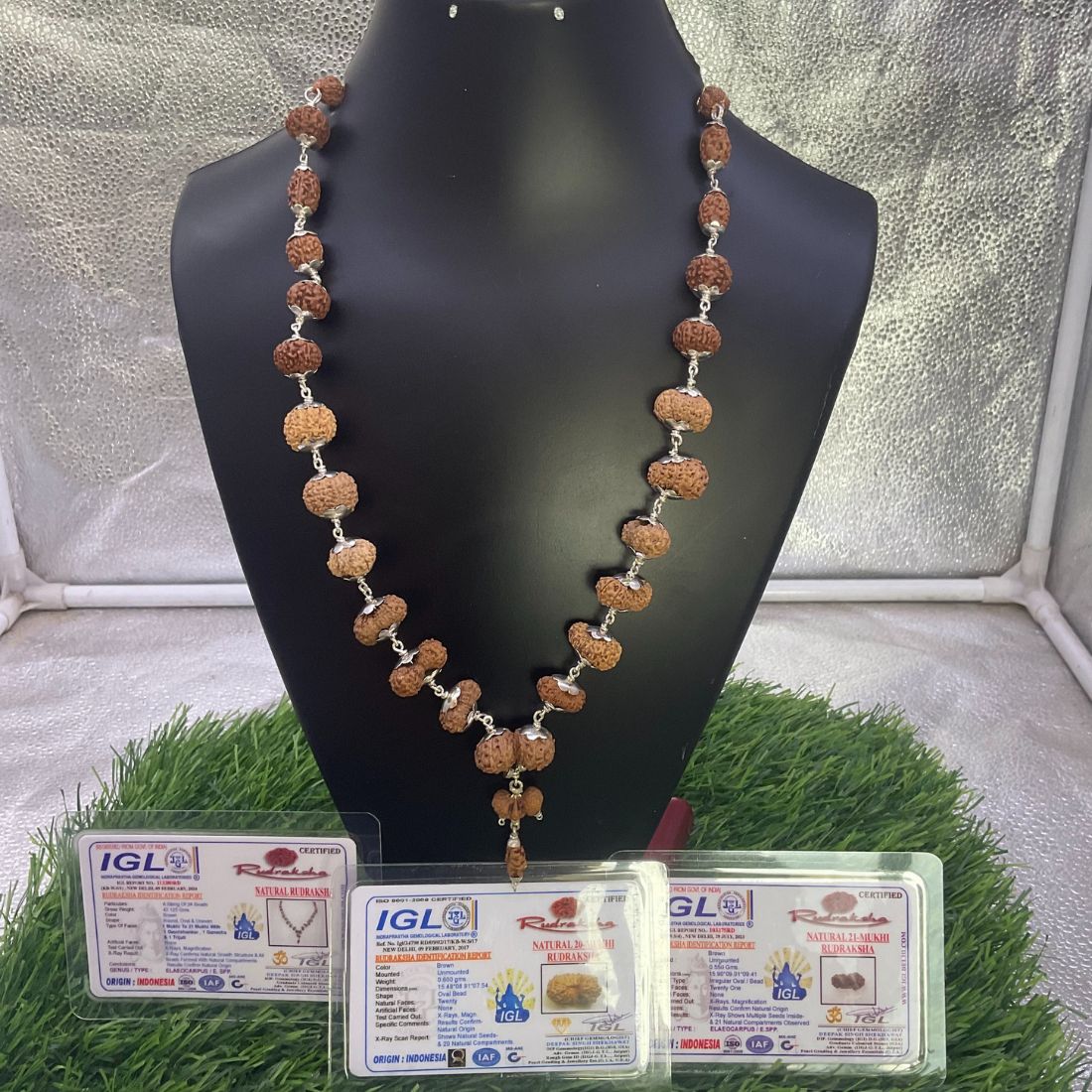
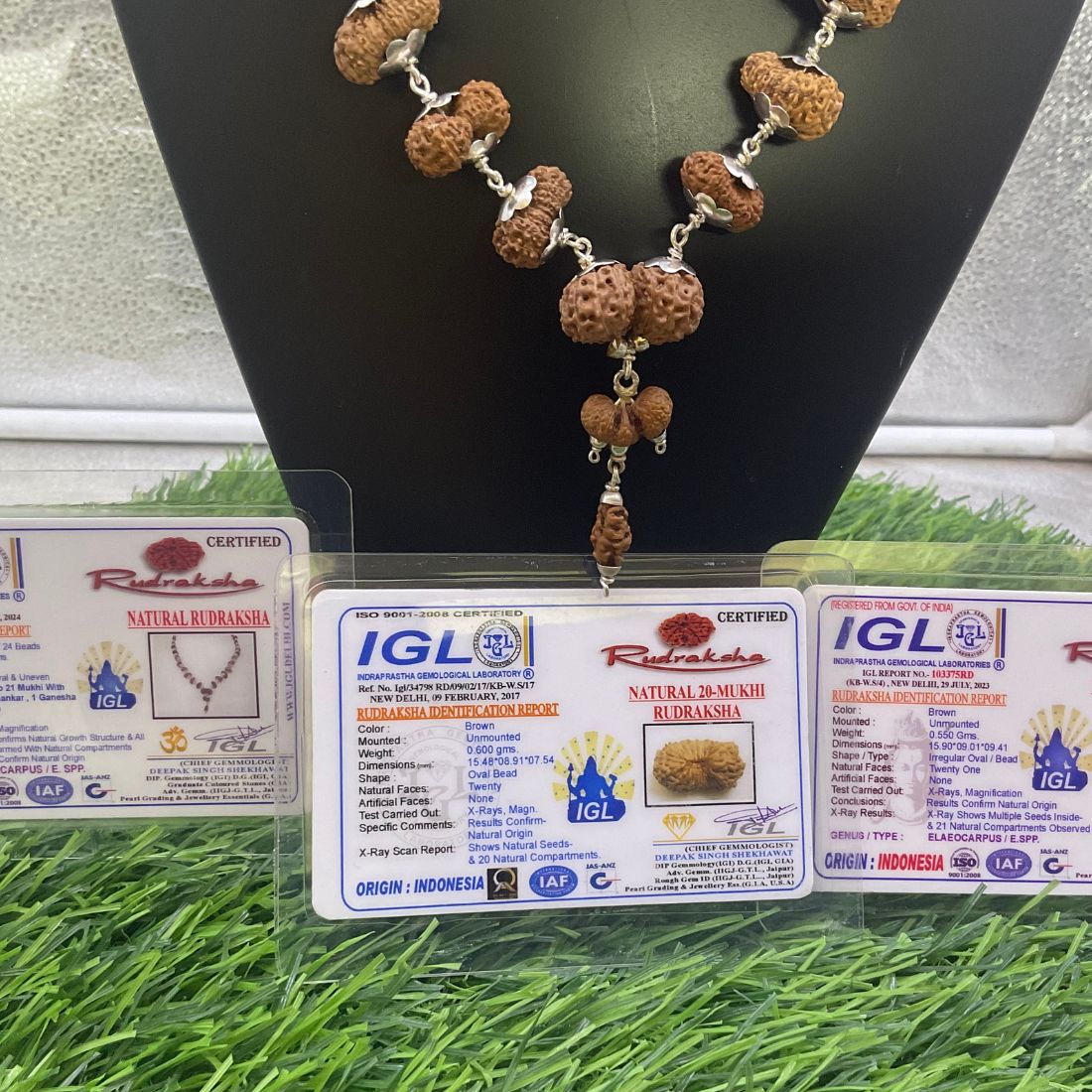
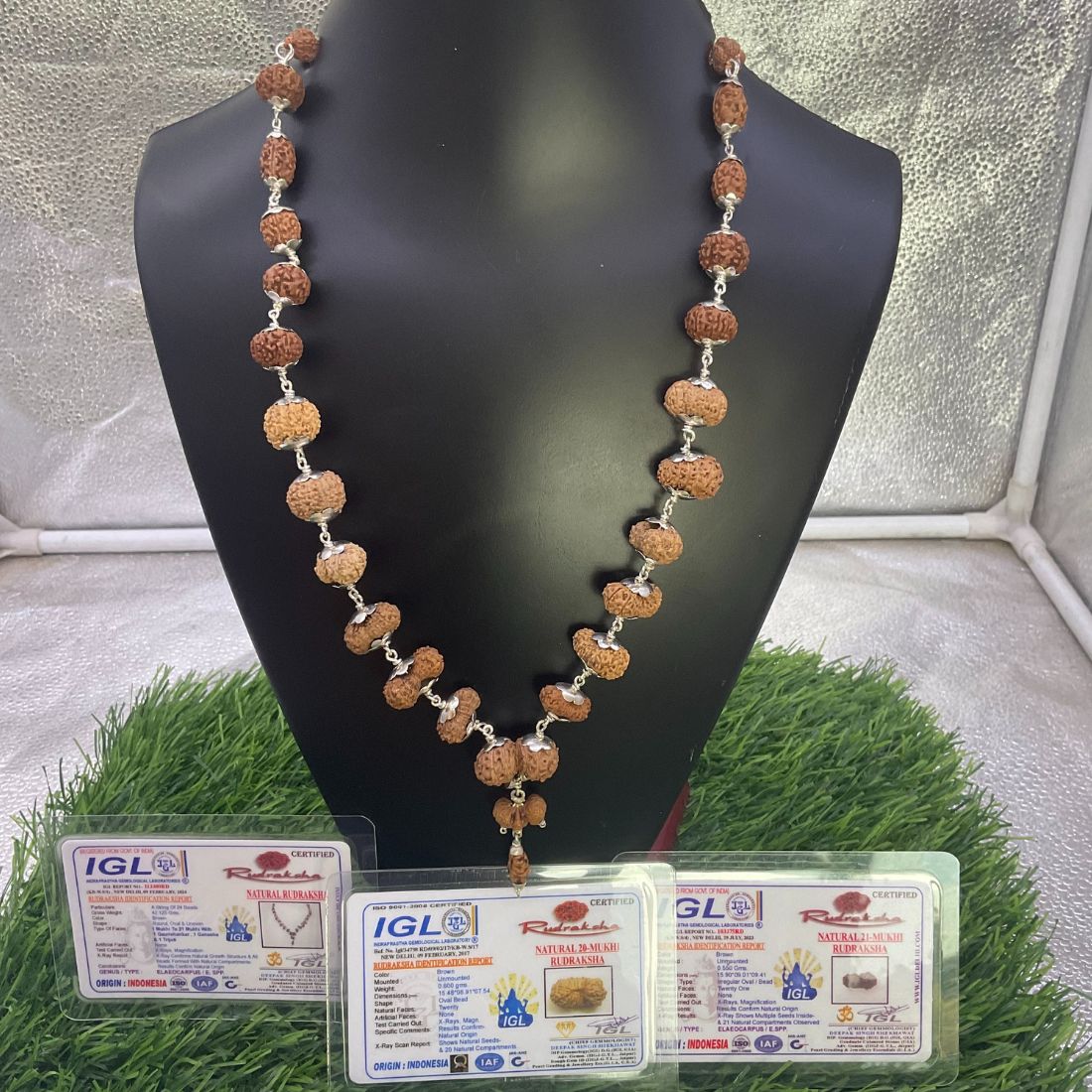

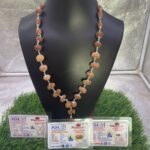
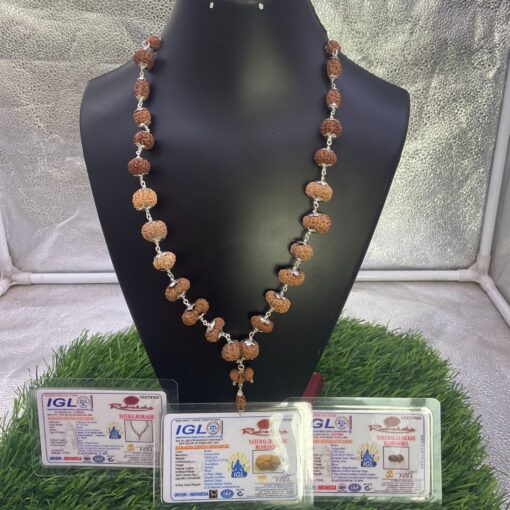
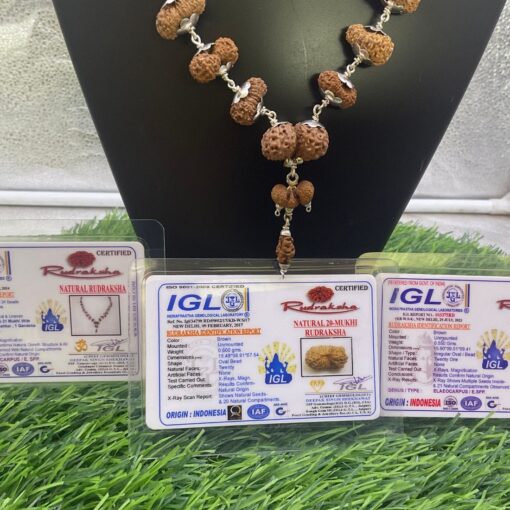
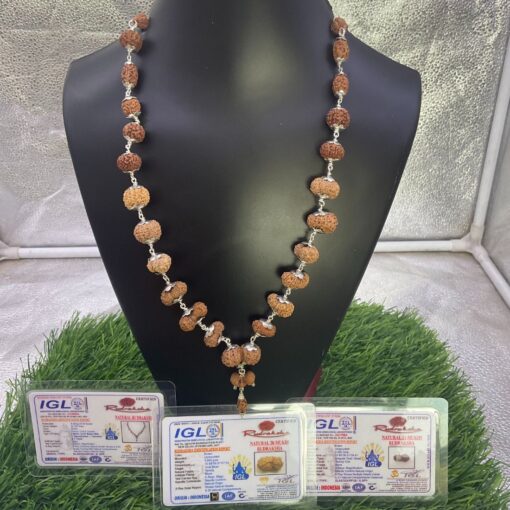


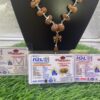
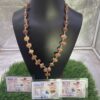






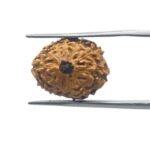

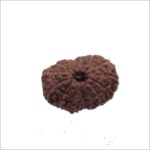


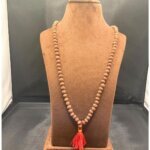
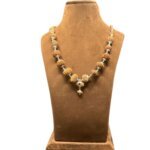
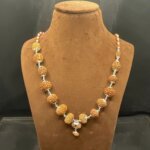
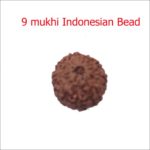
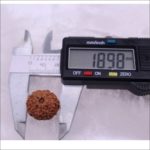




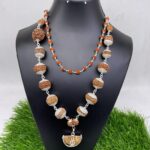
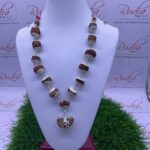


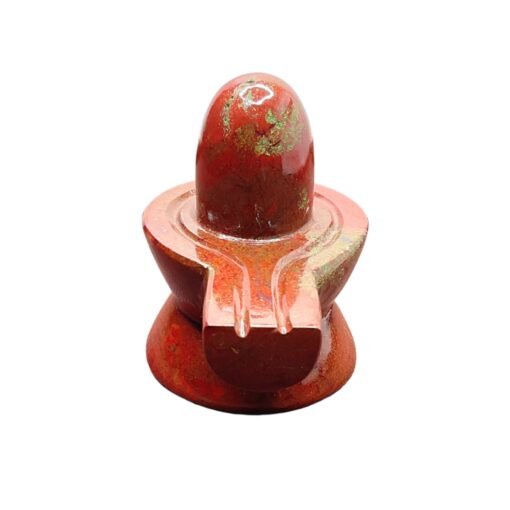
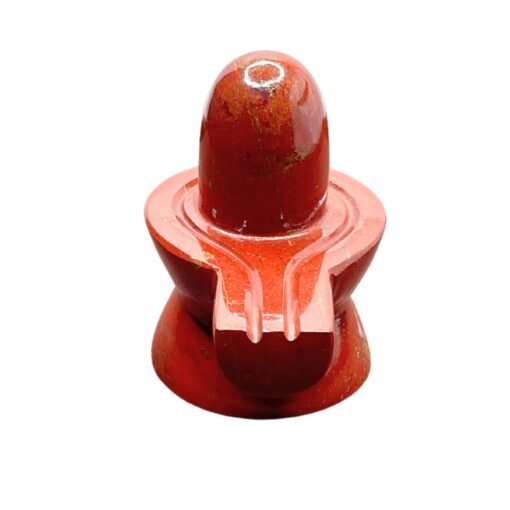

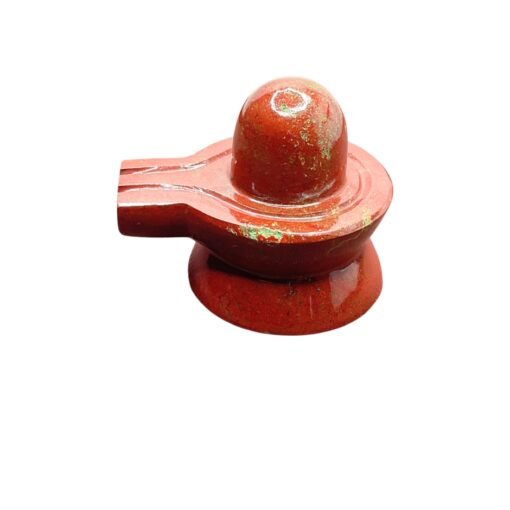
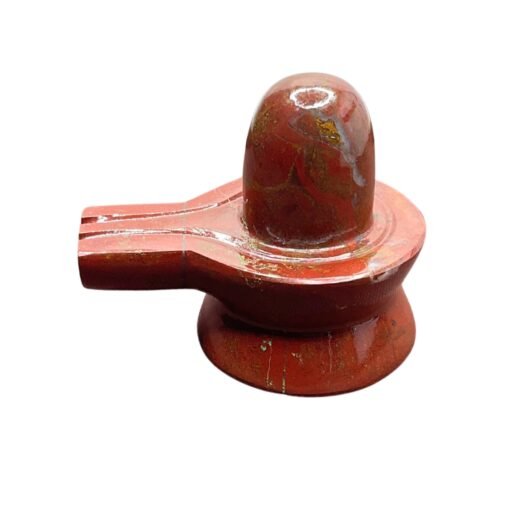
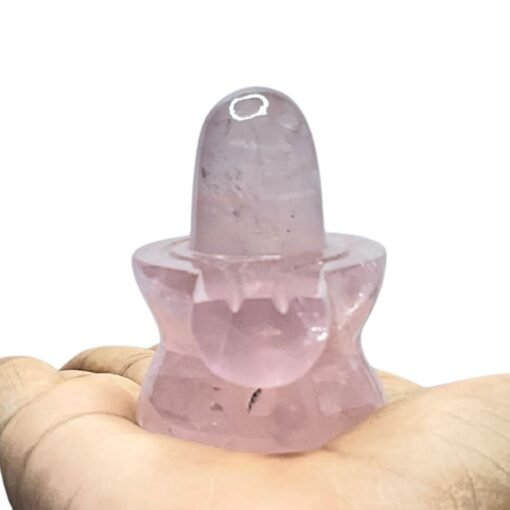
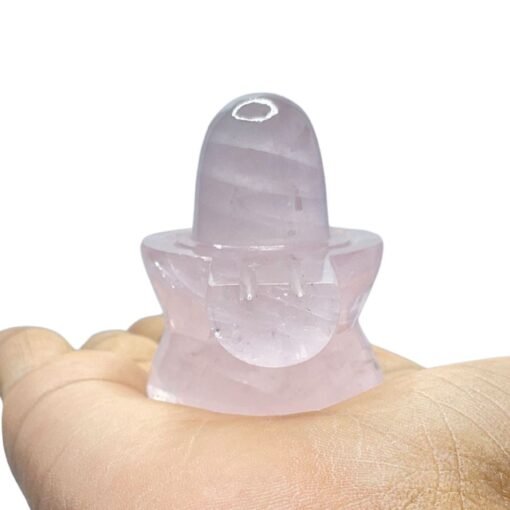

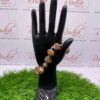
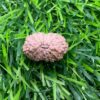


Reviews
There are no reviews yet